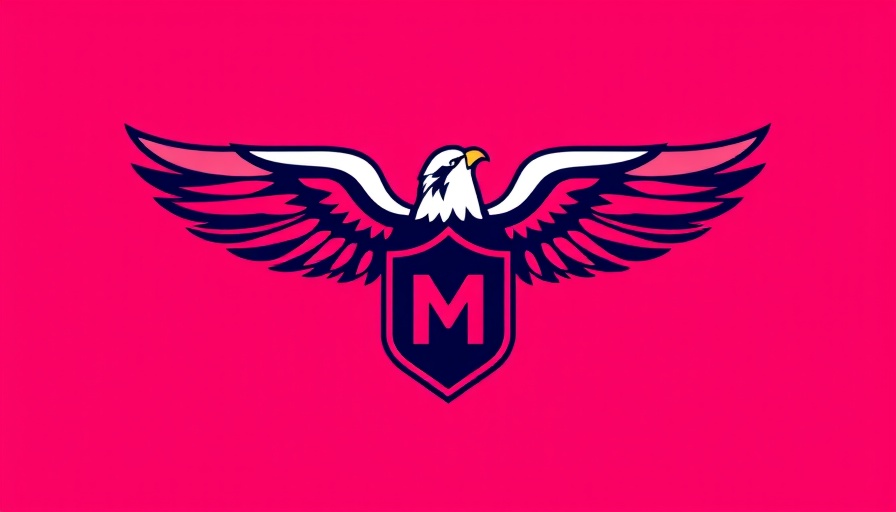
The Importance of HTML Minification in Web Development
In today's fast-paced digital environment, website speed and performance are paramount. HTML minification is the process of removing unnecessary characters from HTML code without affecting its functionality. This optimization technique plays a crucial role in enhancing loading times, improving user experience, and boosting search engine rankings — a vital objective for any business in the digital sphere.
Introducing HTML Minifier Next
As web developers continue to seek efficient tools to optimize site performance, the introduction of HTML Minifier Next represents a significant advancement. This maintained fork of the original HTML Minifier comes as a welcome solution to the maintenance issues faced by its predecessor. As noted by Jens Oliver Meiert, the creator of HTML Minifier Next, the original tool had become increasingly unresponsive to contributions, leaving developers in a lurch. The fork not only provides ongoing support but also embraces community engagement to ensure continuous improvements.
Why a Maintained Fork Matters
The lack of proper maintenance for HTML Minifier and similar tools poses a challenge for developers who rely on these resources for credible performance enhancements. An unmaintained tool risks failing to adapt to security patches or integrating new features that align with the latest web standards. Through the establishment of HTML Minifier Next, users now have a fresh opportunity to access a robust tool with ongoing updates, introducing a sense of reliability that is vital for anyone managing a website.
Community Contributions: Building a Stronger Tool
A critical aspect of HTML Minifier Next's success hinges on community involvement. Collaboration among developers not only empowers the tool with diversified insights but also fosters innovation and adaptations to emerging technologies. Users are invited to participate by contributing new features or offering feedback, ultimately creating a tool that better serves the industry’s evolving needs. As digital marketing professionals, encouraging such collaboration can lead to insights that inform broader strategies about web performance.
Aligning HTML Minifier Next with SEO Strategies
For web professionals aiming to enhance their SEO efforts, utilizing tools like HTML Minifier Next can significantly optimize page speed—a key factor that influences search engine rankings. With Google’s algorithm closely monitoring loading times, implementing such optimization methods becomes an integral part of content marketing strategies. Sites that load faster not only provide better user experiences but also increase conversion rates, making this tool essential for marketers.
Future Trends in HTML Optimization
As web technologies evolve, the future of HTML optimization appears promising. Integration with other digital marketing tools, including performance analytics and A/B testing strategies, can enhance the effectiveness of HTML minification. Moreover, technologies like AI could potentially personalize user experiences based on site performance, looking ahead to a more intuitive web landscape. Developers must stay informed of these advancements to leverage HTML Minifier Next as part of a broader optimization effort.
Conclusion: Embracing the Future of Web Development
With the web constantly changing, staying updated with the best tools is essential for both developers and digital marketers. HTML Minifier Next not only fills the gap left by its unmaintained predecessor but also invites community collaboration, innovation, and alignment with SEO and performance strategies, making it a vital asset for future web projects. As you consider your own digital marketing efforts, prioritize tools that endorse speed and performance enhancement. Explore the power of HTML Minifier Next today and embrace a community-driven approach to web optimization!
 Add Row
Add Row  Add
Add 




Write A Comment